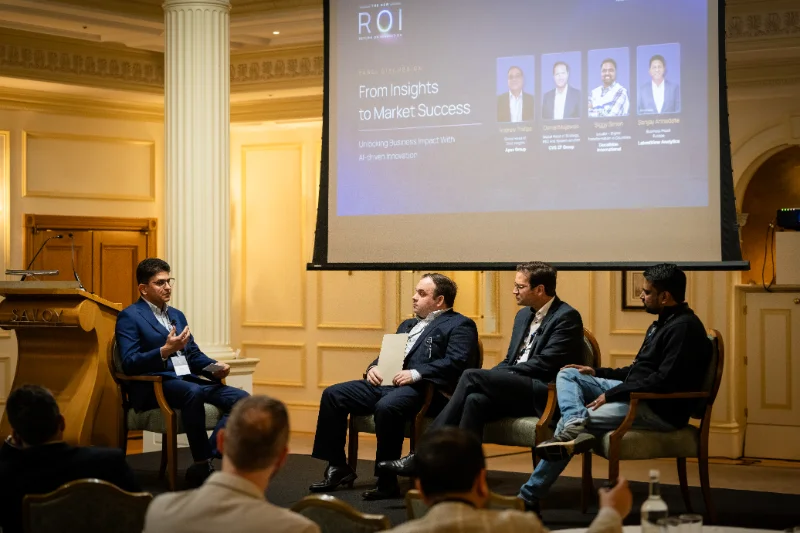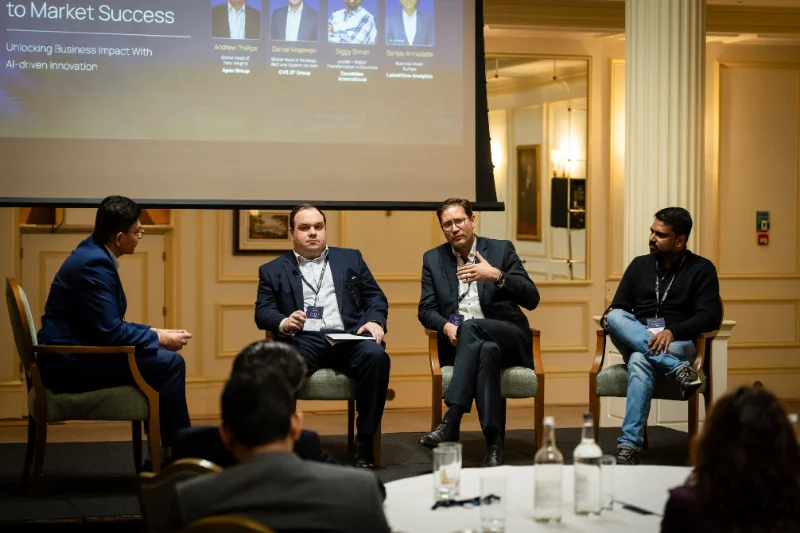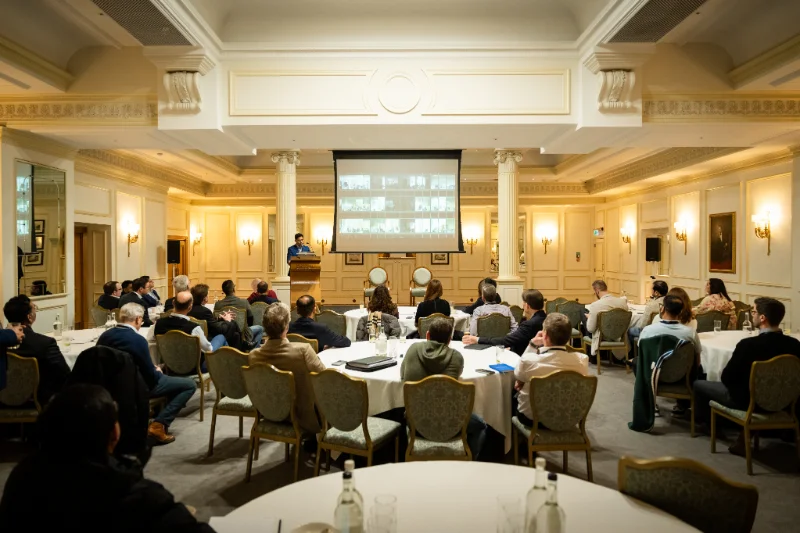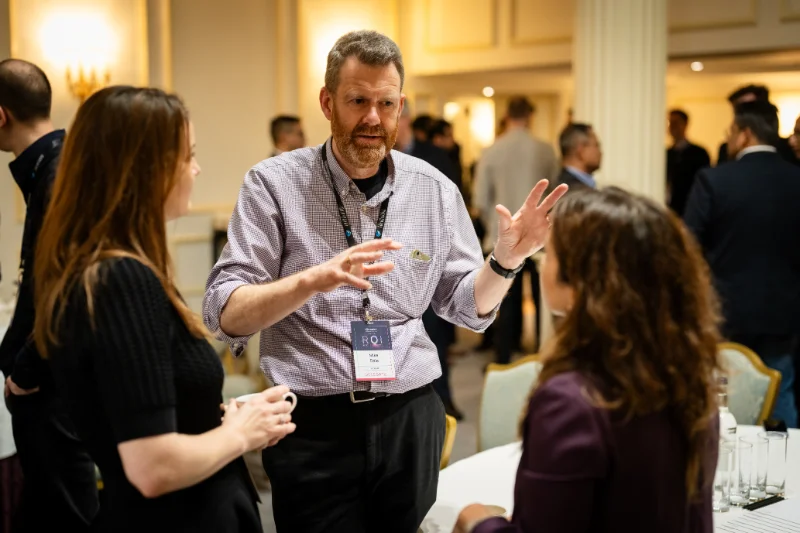Across the board, business trailblazers, including McKinsey, EY, and PwC, agree that scaling Generative AI (GenAI) initiatives is among the top priorities for boards and CEOs in 2024. Over the past 12 months or more, GenAI’s potential has become abundantly clear. It can be used to draw conclusions about large data sets, personalize customer interactions at scale, and augment business offerings in a way that, done manually, once seemed impossible.
But the question remains: how do business leaders translate grand ideas into impact-driving programs? If 2023 was the year to explore AI’s potential, 2024 is the year to jump into action.
Ultimately, action requires a strong roadmap. McKinsey has defined the outset of 2024 as a landscape for business leaders to capitalize on the “Three-sided productivity opportunity.” The organization cited these three things: Upskill talent and change how you work, offset higher prices, wages, and interest rates, and invest in capital, technology, and innovation as ”an essential component of successful digital and AI transformations [that] underpins the performance of leading players across sectors.”
The report goes on to say that there are macroeconomic headwinds category leaders must overcome to stay competitive, including roadblocks to economic growth, demographic shifts and changes in employee preferences that will intensify the talent competition, and high capital and labor costs, which are expected to continue unabated.
In this 60-minute panel, moderated by LatentView’s Sanjay Annadate, panelists discussed how they are approaching GenAI innovation despite these headwinds. For Andrew Phillips, embracing innovation comes as a response to the business’s most pressing priorities. His team at Apex Group leverages data about the company’s existing technology stack to decide which technology to invest in next. Even if it means forgoing being the first in their category to adopt new technology, if it doesn’t align with the business’s priorities, it is left on the cutting room floor.
Adjusting to talent’s changing demands and the increasing need for new technology experts, Siggy Simon of Decathlon International notes that his organization navigates these roadblocks by creating Centers of Excellence and, in turn, an environment for innovators to test out new ideas and “fail fast”—a theme from the keynote earlier in the day. This flexibility to create without consequences allows the organization’s talent pool to avoid burnout, increasing employee retention and productivity.
Finally, the panelists all agree that technology investments are made only once buy-in has been achieved across the organization. To keep pace with changing technology, panelist Daniel Majewski shared that his organization, ZF Commercial Vehicle Services, regularly revises its technology roadmap as new tools emerge, primarily for leveraging autonomous and connected vehicle ecosystems.
Keeping pace with AI innovation does not mean upending all current technology plans and processes. Instead, it requires a commitment to defining the organization’s goal and identifying which solutions will help that goal come to fruition.

















